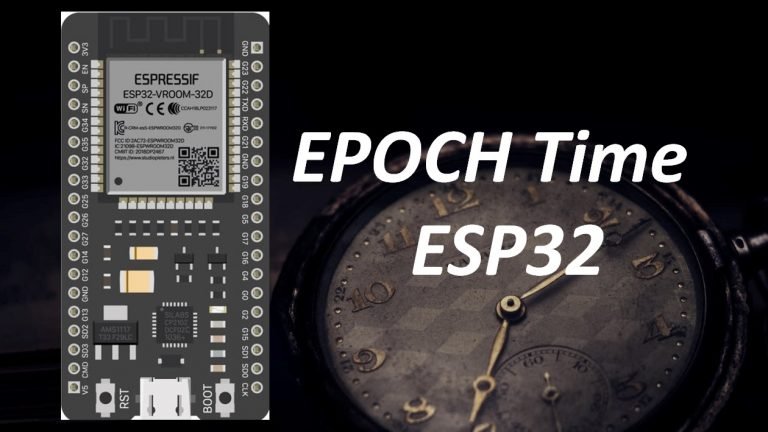
Microseconds, or nanoseconds after the start of the Unix epoch ( 00:00:00.000000000 UTC). Using durationsince on an existing SystemTime instance can tell how far away from this point in time a measurement lies, and using UNIXEPOCH + duration can be used to create a SystemTime instance to represent another fixed point in time. If the format of the input parameter is a string that contains an integer:Īfter the string is converted to an integer, the integer is treated as a number of seconds, milliseconds, It measures time by the number of seconds that have elapsed since 00:00:00 UTC on 1 January 1970, the Unix epoch, without adjustments made due to leap seconds. This constant is defined to be 00:00:00 UTC on all systems with respect to the system clock.

If conversion is not possible, an error is returned. so the epoch value you use in the code, is really depending on which time epoch you are using. When calling TO_TIMESTAMP() when the TIMESTAMP_TYPE_MAPPING parameter is set to TIMESTAMP_NTZ.įor an example with output, see the examples at the end of this topic. go back to the orginal question, 'Unix time epoch ()' to 'GPS time epoch ()', so the epoch is 315964800, 315964819 is the TAI epoch to the GPS time epoch. This applies whether casting to TIMESTAMP_NTZ or calling the function TO_TIMESTAMP_NTZ(). Unix time (also known as POSIX time or Epoch time) is a system for describing instants in time, defined as the number of seconds that have elapsed since 00:00. If the variant contains a number, conversion as if from numeric_expr will be performed. If the variant contains a string, conversion from a string value will be performed (using automatic format). If the variant contains a timestamp value of the different kind, the conversion will be done in the same way as from timestamp_expr. If the variant contains a timestamp value of the same kind as the result, this value will be preserved as is. This is commonly referred to as Unix time.
#UNIX EPOCH WINDOWS#
If the variant contains JSON null value, the result will be NULL. On Windows and most Unix systems, the leap seconds are not counted towards the time in seconds since the epoch.

Note, that UTC time is always used to build the result. If the string does not have a time component, midnight will be used.įor date_expr: timestamp representing midnight of a given day will be used, according to the specific timestamp flavor (NTZ/LTZ/TZ) semantics.įor timestamp_expr: a timestamp with possibly different flavor than the source timestamp.įor numeric_expr: a timestamp representing the number of seconds (or fractions of a second) provided by the user. Unix Epoch time is the number of seconds elapsed since 00:00:00 UTC, Thursday, 1 January 1970. This family of functions returns timestamp values, specifically:įor string_expr: timestamp represented by a given string.


 0 kommentar(er)
0 kommentar(er)
